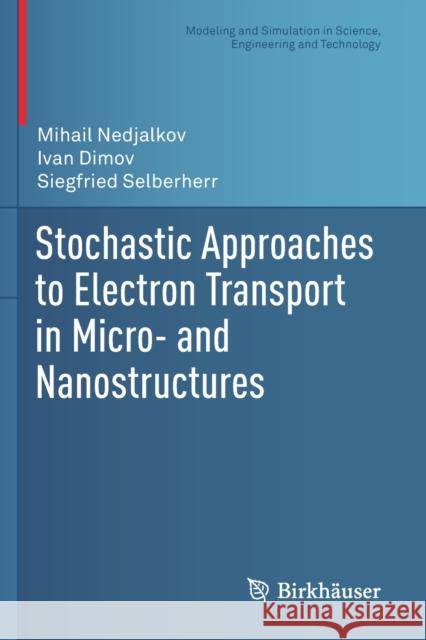Stochastic Approaches to Electron Transport in Micro- And Nanostructures » książka
topmenu
Stochastic Approaches to Electron Transport in Micro- And Nanostructures
ISBN-13: 9783030679194 / Angielski / Miękka / 2022 / 232 str.
Stochastic Approaches to Electron Transport in Micro- And Nanostructures
ISBN-13: 9783030679194 / Angielski / Miękka / 2022 / 232 str.
cena 538,49 zł
(netto: 512,85 VAT: 5%)
Najniższa cena z 30 dni: 537,24 zł
(netto: 512,85 VAT: 5%)
Najniższa cena z 30 dni: 537,24 zł
Termin realizacji zamówienia:
ok. 20 dni roboczych.
ok. 20 dni roboczych.
Darmowa dostawa!
Kategorie:
Kategorie BISAC:
Wydawca:
Birkhauser
Język:
Angielski
ISBN-13:
9783030679194
Rok wydania:
2022
Ilość stron:
232
Waga:
0.33 kg
Wymiary:
23.39 x 15.6 x 1.24
Oprawa:
Miękka
Wolumenów:
01
Dodatkowe informacje:
Wydanie ilustrowane











